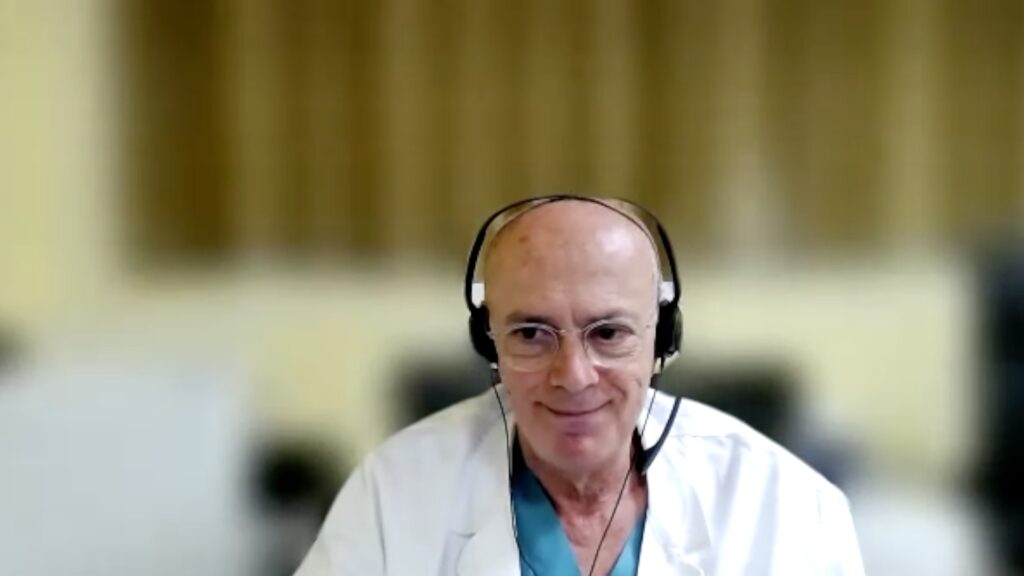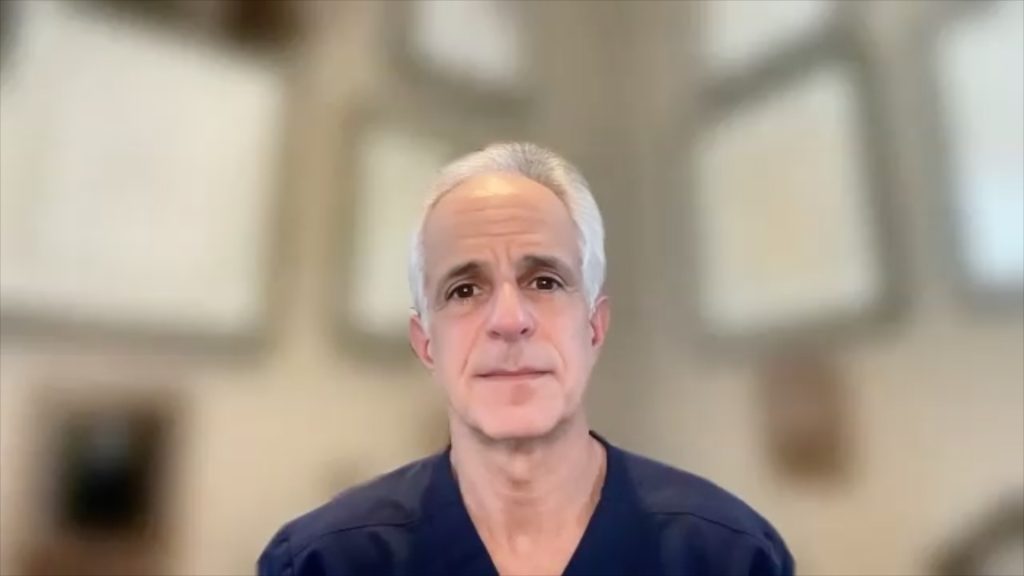The CANDELA trial (NCT04126317) was a phase II, randomized, single-masked, open-label, clinical trial that assessed the safety and efficacy of aflibercept 8 mg versus the standard dose of 2 mg in patients with neovascular age-related macular degeneration (nAMD). It was a pleasure to speak with Dr Jordana Fein (Retina Group of Washington Fairfax, VA, USA) around the results of the CANDELA study and the clinical impact of the findings.
The presentation entitled ‘Additional visual and anatomic outcomes of intravitreal aflibercept injection 8 mg versus 2 mg: a post hoc analysis of the Phase 2 CANDELA study’ was presented at the Association for Research in Vision and Ophthalmology Annual Meeting, May 05-09, 2023
Questions:
- What is the rationale for using aflibercept 8 mg compared with aflibercept 2 mg in the treatment of nAMD? (0:20)
- What were the primary and secondary endpoints and how well were they achieved? (1:39)
- What will be the likely clinical impact of these findings? (4:40)
Disclosures: Jordana Fein has nothing to disclose in relation to this video interview.
Support: Interview and filming supported by Touch Medical Media Ltd. Interview conducted by Shanice Allen.
Filmed in coverage of the virtual ARVO 2023.
Click here for more content on nAMD.
Transcript
Hi, good afternoon. My name is Jordana Fein. I’m with the Retina Group of Washington, located primarily in Fairfax, Virginia.
What is the rationale for using aflibercept 8 mg compared with aflibercept 2 mg in the treatment of nAMD?
So aflibercept 8 mg is a novel formulation that delivers about a four-fold higher molar concentration of aflibercept compared to aflibercept that we’re used to in standard dose 2 mg. Historically, trials, such as the SAVE trial with ranibizumab, the VIEW trial with aflibercept and the HAWK trial with brolucizumab have shown positive outcomes with respect to drying when using higher molar concentration of anti-VEGF agents. So, this data suggests that higher molar dose of anti-VEGF might provide additional benefit and extended duration of action. The learnings from these trials really supported the clinical trial design to see if a high dose of aflibercept 8 milligrams could potentially provide improved visual and anatomic outcomes with extended dosing intervals compared to the 2 milligrams aflibercept dose. And so to date, aflibercept has been evaluated in the phase II CANDELA trial as well as the ongoing phase III PULSAR and phase II/III PHOTON trial, which is in DME.
What were the primary and secondary endpoints and how well were they achieved?
Since high dose aflibercept 8 milligrams is a novel formulation. The phase II trial was really conducted to look at the safety and efficacy of the high dose aflibercept compared to the standard 2 milligram dose in patients with treatment naive wet AMD. So, the safety was the primary endpoint and showed that the high dose 8 milligram aflibercept had a similar safety profile to the 2 milligram dose with no new safety signals identified in the trial. Another endpoint was looking at the percentage of patients with drying on OCT. So at week 16, 51% of the eyes treated with the aflibercept 8 milligrams were without retinal fluid in the central subfoveal field, compared to 34% of the patients in the aflibercept 2 milligrams arm. Then there was a post-hoc analysis, which was done basically to further evaluate the effects of the high dose aflibercept on these anatomic and visual outcomes. So we talked about week 16 as the primary endpoint, but also looking out to week 44, which was the secondary endpoint and we’re looking at the proportion of eyes without intraretinal fluid, subretinal fluid or sub RPE fluid in the central subfield was assessed. So essentially a higher proportion of patients in the high dose aflibercept 8 milligrams arm had absence of intraretinal, subretinal fluid or sub RPE fluid in this central subfield thickness at every single visit week starting at week 16 out through week 44. And then these were also further classified or quantified in terms of the proportion of eyes by quartiles. So essentially the patients who had the highest amount of drying compared to the lowest amount of drying. What we saw was that more eyes treated with the high dose aflibercept were in the quartiles of greater CST reduction and greater best corrected visual acuity from baseline to week 44. And that this was not driven by any baseline imbalances between the two groups. So this also corresponded to the patients who had improvements in best corrected visual acuity. So we saw that the proportion of eyes that achieved best corrected visual acuity of greater than 20/40 or greater than 20/20 at week 44 it was clinically higher in the 8 milligrams group compared to the standard 2 milligrams dose.
What will be the likely clinical impact of these findings?
You know, this is another kind of piece of information that does suggest that, you know, higher molar concentrations of anti-VEGFs may have improved drying effect and that may lead to improved visual outcomes. So essentially, you know, the takeaway from this is that the 8 milligram arm may provide greater therapeutic benefit with improved clinical outcomes while reducing injection and treatment burden for patients. The positive results from the CANDELA trial and then the post hoc analysis that we discussed at ARVO are consistent with the 48 week results from the ongoing PULSAR and PHOTON phase III clinical trials.
Subtitles and transcript are autogenerated










